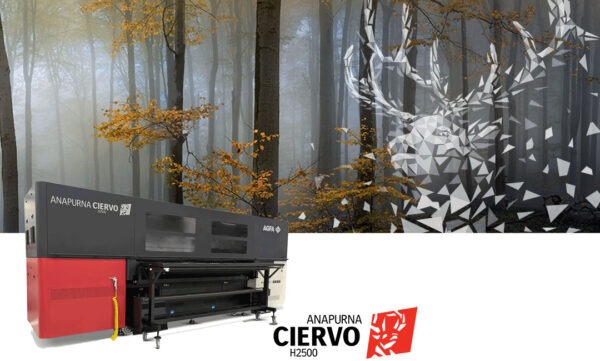It’s time to start thinking of print as more than just toner and ink on paper.
(Editor’s note: This is the first of an ongoing series of opinion pieces by our founder and editor-at-large Frank Cannata.)
We are always surprised when people refer to print as a mature industry. That statement normally embodies the opinion that there is little future in print and why give it any kind of attention.
Unfortunately, these same naysayers are talking about the decline of printing on paper in the office. The fact of the matter is print will still be a viable business in the office for the foreseeable future. However, print volumes, along with costs, will continue to decline.
Manufacturers such as Canon, EFI, HP, Konica Minolta, and Ricoh are making significant investments in production print, which includes industrial printing. The fact that “paper” usage is in decline does not phase these companies at all.
The reality is printing on paper is being replaced by printing on virtually any kind of substrate up to two inches thick such as wood, glass, vinyl, textiles, and ceramics. In addition, the packaging industry is exploding and creating whole new segments for industrial print.
Today’s commercial printer can easily become tomorrow’s manufacturer. Need 10 yards of a specially designed fabric? Visit your local printer. Need wallpaper for a small room? Order what you need and get it quickly, as it must be custom made.
One day, people will go to a shop to buy a suit, a dress or another garment. The customer will select a fabric, it will be placed on an avatar, then after some discussion and the desired changes are made, the customized item will be produced in the back room.
Sounds futuristic? If you consider the decade for 2020-2030 as futuristic then you are correct. There are dealers–not many but a few–today who have already made the leap into industrial printing. Many more will join them in increasing numbers between 2020 and 2030.
The initial phase will entail large format displays, wraps and other types of signage. As the dealer becomes more conversant with the current technology, he or she will gradually broaden into selling tomorrow’s customer which are manufacturers.
There is a very viable future for the world of print and the technology that will drive it is based on inkjet and high fusion inks. The two together will open new doors as manufacturers of all kinds of materials learn about industrial printing.
Carol, CJ and I will be attending a printing on textile conference in Barcelona, Spain this June. The impetus for this visit is primarily for Carol Cannata to better understand the capabilities of printing on textiles. Over the last two years, Carol has designed attractive women’s scarves and tote bags. She has done this to give to our guests at our annual Women Influencers Brunch–all executives servicing the print industry–a gift. The message that Carol is conveying is that print is not dead, it is merely moving to different substrates.
We will have a great deal to share with you as we move deeper into the discovery of what printing is fully capable of doing. The important thing for our dealer readers to consider is are they going to provide the sales, service, and technical support for manufacturers of these amazing devices? Some have already made that decision. Many more should.
Access Related Content
Visit the www.thecannatareport.com. To become a subscriber, visit www.thecannatareport.com/register or contact cjcannata@cannatareport.com directly. Bulk subscription rates are also available.



